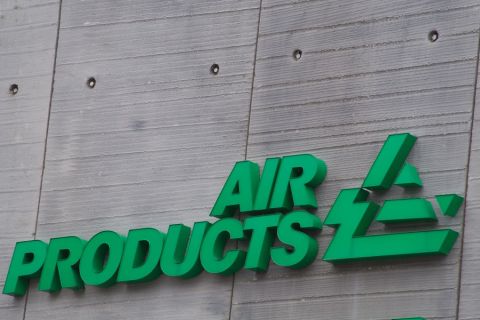Clyde Russell, Reuters
Saudi Arabia’s decision to increase the price of oil for July modestly for its major customers in Asia was a business-as-usual outcome, rather than any signal that the kingdom intends to produce and sell more crude.
Saudi Aramco, the world’s biggest crude exporter, raised its official selling prices (OSPs) for four of its five grades for July cargoes to Asia, including a 20 cent per barrel increase for the benchmark Arab Light. This took the premium for Arab Light to $2.10 per barrel over regional benchmark Oman-Dubai, the highest in four years.
The increase in the OSP for Arab Light was smack in the middle of the range expected by Asian refiners surveyed by Reuters ahead of the announcement.
The decision appears to reflect recent price dynamics in the Oman-Dubai market, where the backwardation between the first and third months has widened. In other words, the Saudis did what was expected with the setting of the OSPs for July cargoes. That may sound like a boring outcome, but still speaks volumes for how they view the current state of the market.
Saudi Arabia and fellow producers in OPEC, as well as their allies in a broad deal to cut output, have come under pressure recently from the United States over rising oil prices. The administration of U.S. President Donald Trump has unofficially requested that the Saudis and other producers raise crude output in order to cap prices, according to three OPEC and industry sources.
Brent crude futures briefly popped above $80 per barrel last month, the highest level since November 2014, although they have since retreated somewhat, closing at $75.38 on June 5. Part of the reason for the recent jump in crude prices was the decision by Trump to withdraw the United States from the international agreement with Iran to limit the Islamic Republic’s nuclear program.
At the time of the announcement in May, the Trump administration said some countries were willing to increase output in order to compensate for any lost Iranian barrels as the United States reimposes sanctions.
While it may well be the case that the Saudis and others are willing to boost production and exports, the OSPs would seem to indicate that this isn't exactly a huge priority.
No Signal On Lower Prices
If the Saudis had wanted to send a clear signal to the market, they could have cut the OSPs. That would have encouraged Asian refiners—who take about two-thirds of the kingdom’s exports—to buy more than their term allocations.
Instead, by meeting market expectations on pricing, the Saudis seem to be indicating they are satisfied with the current state of the market, their level of exports and the price they are receiving.
And the Saudis may well have cause to be satisfied. Vessel-tracking and port data compiled by Thomson Reuters Oil Research and Forecasts suggests they had a good month in May for exports to China, the world's biggest crude importer. About 1.13 million barrels per day (MMbbl/d) of Saudi crude were discharged in China in May, the biggest month since February 2017, according to data.
The strong Chinese imports of Saudi crude came even as the country’s top refiner, Sinopec, had indicated it would buy less Saudi crude over dissatisfaction at increases in the Saudi OSPs that the refiner thought weren't justified by market fundamentals.
For the Saudis, the crude oil market may well be in something of a sweet spot, with prices some 50% higher than a year earlier and solid demand from major importers.
Additionally, they are receiving help from the United States in combating their major regional rival Iran. And once again, they have shown the market that OPEC is still a force to be reckoned with.
The real challenge will be keeping all these different balls in the air at the same time, a juggling act that will be difficult to sustain if history is any guide.
Recommended Reading
After Megamerger, Canadian Pacific Kansas City Rail Ends 2023 on High
2024-02-02 - After the historic merger of two railways in April, revenues reached CA$3.8B for fourth-quarter 2023.
Kimmeridge Fast Forwards on SilverBow with Takeover Bid
2024-03-13 - Investment firm Kimmeridge Energy Management, which first asked for additional SilverBow Resources board seats, has followed up with a buyout offer. A deal would make a nearly 1 Bcfe/d Eagle Ford pureplay.
TPG Adds Lebovitz as Head of Infrastructure for Climate Investing Platform
2024-02-07 - TPG Rise Climate was launched in 2021 to make investments across asset classes in climate solutions globally.
Air Products Sees $15B Hydrogen, Energy Transition Project Backlog
2024-02-07 - Pennsylvania-headquartered Air Products has eight hydrogen projects underway and is targeting an IRR of more than 10%.
NGL Growth Leads Enterprise Product Partners to Strong Fourth Quarter
2024-02-02 - Enterprise Product Partners executives are still waiting to receive final federal approval to go ahead with the company’s Sea Port Terminal Project.





